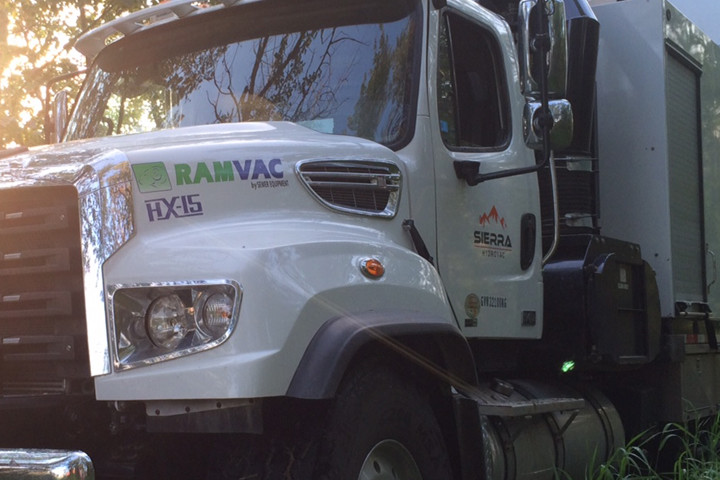
Why Should You Choose A Vacuum Truck For Your Next Excavation Project
It is common knowledge that traditional excavation used manual techniques, which not only posed dangers but were also time consuming and costly. A dirt vacuum truck today makes a huge difference in excavation procedures. It requires less number of workers to operate, does not create a fuss in the surrounding, and it is also cost-effective, as compared to traditional methods. This has been quite beneficial to industries looking for newer and safe ways to excavate. Let’s take a look at what vacuum trucks do and how they benefit businesses.
What is a Vacuum Truck?
Vacuum trucks are nothing but vacuum tanks mounted onto a truck or trailer. Depending on the method of excavation used (hydro or air excavation), these trucks may also include a water pipe. Typically, industrial dirt vacuum trucks are used to load dry waste or slurry. They are used in various industries including chemical and construction. Industrial vacuum trucks help with excavation and cleaning purposes in a quick and safe manner.
What are the Benefits of a Dirt Vacuum Truck?
Less Manpower Required
This is an obvious one. When there are dirt vacuum trucks being used, less manpower is required. This means low cost and less time-consuming methods. Using dirt vacuum trucks can save you time and money, which is the biggest disadvantage of traditional methods.
Safety Assured
Traditional methods used manual digging tools like backhoes, which risked the safety of the manpower and the underlying pipes and utilities. Since no conventional equipments are used when you deploy the dirt vacuum truck, the safety of the workers, as well as the underground utilities is ensured.
No Surrounding Damage
When combined with hydro or air excavation techniques, these trucks use high pressure water or air to excavate the area and use the vacuum to suck in the debris. No conventional equipments are used that could damage the environment and disturb the surrounding areas. Using dirt vacuum trucks results in a non-destructive excavation.
Time Efficient
As an industrial vacuum truck loads wet or dry waste into the tank with the help of the vacuum pipe. Unlike the traditional methods, where the work required days to get completed, using dirt vacuum truck gets the work done faster. Plus, the reduced project time also decreases the cost. Thus, you can ensure cost-effectiveness of the project.
So, here were all the benefits of dirt vacuum truck. If you’re seeking for hydrovac or excavation services, then get in touch with us at Sierra Hydrovac.

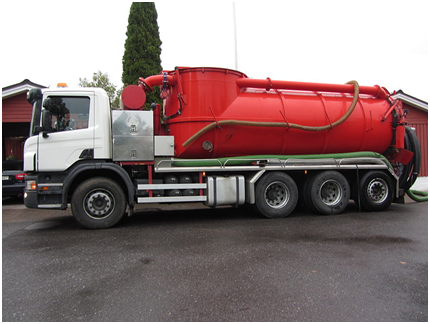
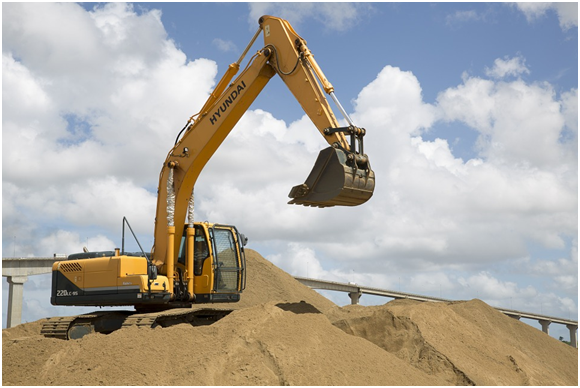
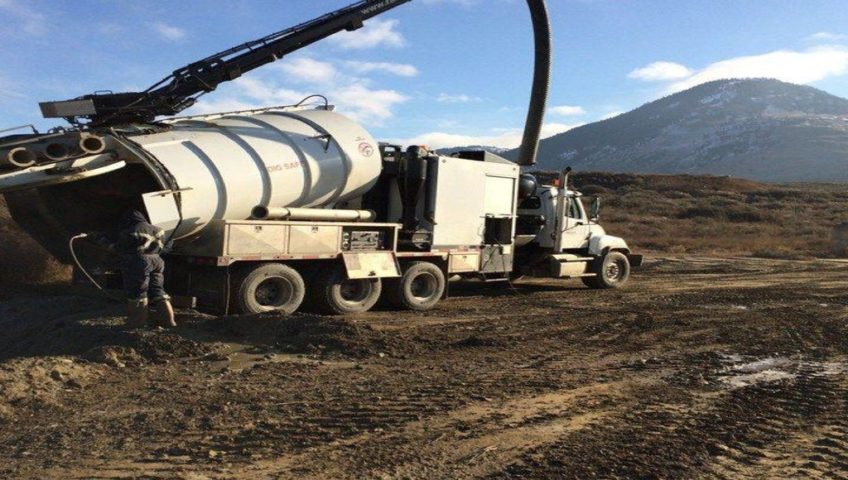

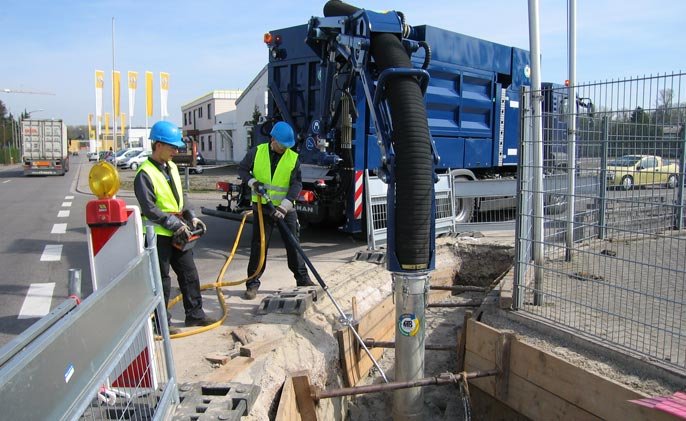
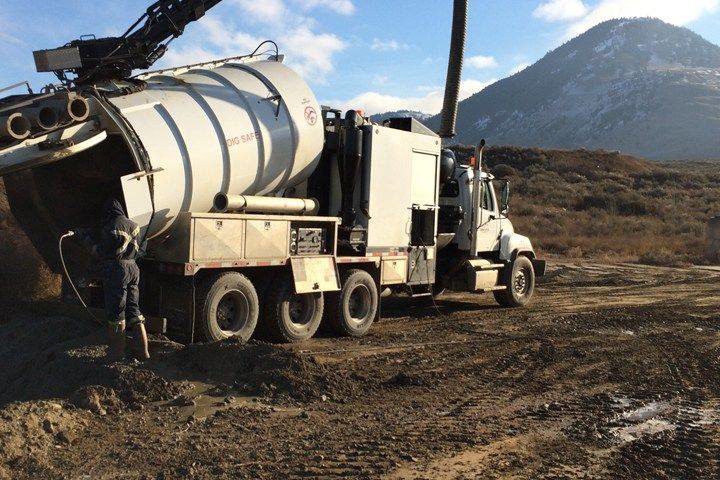
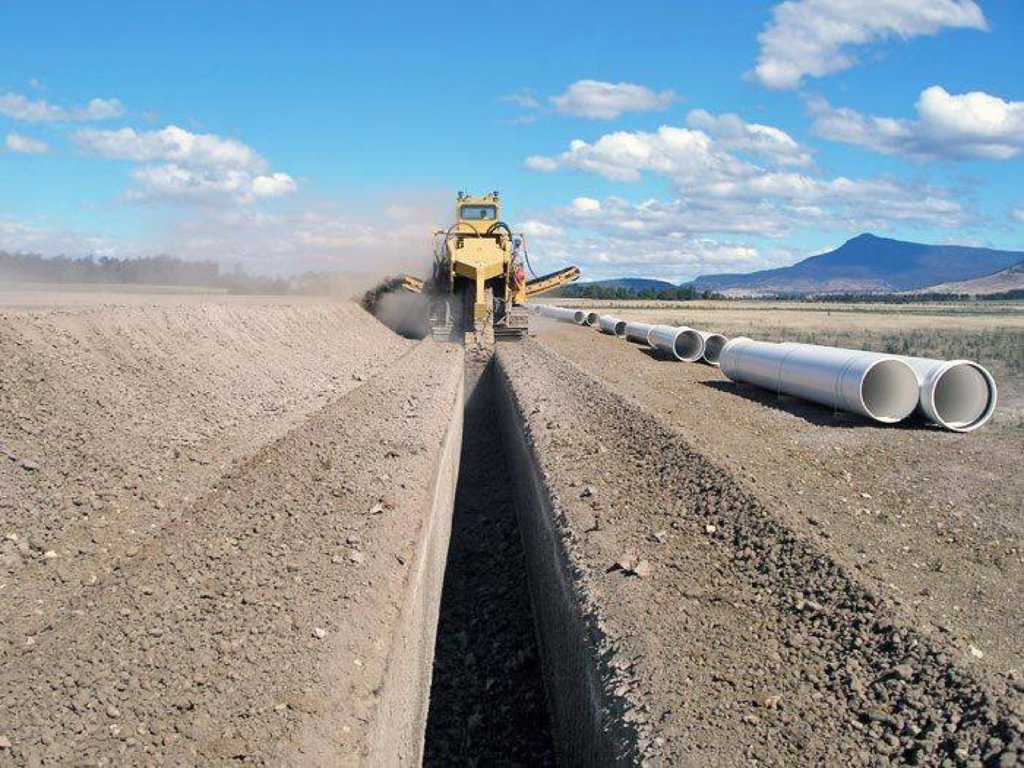

Recent Comments